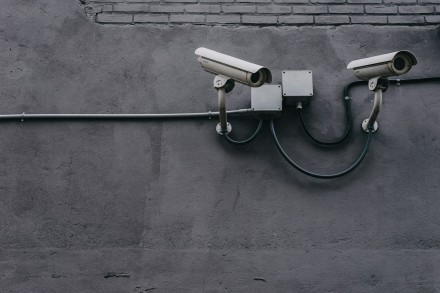In an era where digital security is integral to the survival of businesses, it’s imperative to secure your website, especially if you’re using popular Content Management Systems (CMS) like Joomla. According to Statista, Joomla is the third-most popular CMS globally, powering 3.3% of all websites in 2024. Therefore, this article addresses the essential Joomla security settings that you should be focusing on for 2025. By implementing these measures, you can significantly minimize the risk of your website falling prey to malicious attacks.
Understanding the Joomla CMS
Before delving into the security settings, it’s essential to understand Joomla itself. Joomla is a free, open-source CMS that allows you to create powerful and dynamic websites. It’s highly customizable, feature-rich and offers great flexibility in managing and organizing content. However, like any software, Joomla is susceptible to security vulnerabilities, making it a prime target for hackers.
Update Joomla to the latest version
Running your website on outdated Joomla versions is a significant security risk. As per Joomla’s Security Centre statistics, 78% of all Joomla-related security incidents happen due to outdated Joomla versions. Therefore, ensuring your Joomla CMS is always updated to the latest version is one of the best preventative measures you can employ.
Use robust Joomla security extensions
Joomla provides multiple high-quality security extensions to keep your website safe. Extensions like Akeeba Backup for Joomla, RSFirewall!, JHackGuard, Antivirus Website Protection and Joomla Security Audit Log are particularly popular. Using these extensions in conjunction with the built-in Joomla security features can substantially increase your website security.
Strong user credentials and access control lists (ACL)
Using weak passwords is the most common security mistake made by website administrators. A study by SecureLink found that 81% of data breaches in 2024 were due to weak or stolen passwords. By using strong user credentials and implementing Joomla’s ACL feature, you can ensure better control over who can access what on your website, and reduce the risk of a security breach.
Secure Joomla configuration.php file
Your Joomla configuration.php file contains sensitive information about your Joomla installation and database. Securing this file is crucial, as a breach here could lead to severe security issues. It includes changing your default database prefix and setting the correct file permissions.
Implement secure connection (HTTPS)
In 2025, using HTTP is not an option; instead, you should be using HTTPS. Not only is HTTPS a ranking signal for Google, but it also provides a secure connection between the user’s browser and your website, making it harder for hackers to intercept data.
Regular Joomla backups
Regular backups should be part of your risk management strategy. If your website ever encounters a problem, you can always restore it to the pre-crash state using backup files. Several Joomla extensions exist that can help with this process, including Akeeba Backup and Easy Joomla Backup.
To sum up, Joomla security is a continuous process and should be a part of your regular website maintenance. Adopting the proper security measures, coupled with staying updated and vigilant, can protect your Joomla website from most security threats in 2025. Remember, it’s always better to prevent than to cure.
The next article will dive into the best used practices for ensuring Joomla user data protection, adhering to legal restrictions, and navigating future emerging threats to Joomla security. Stay tuned and stay safe in the digital realm!
